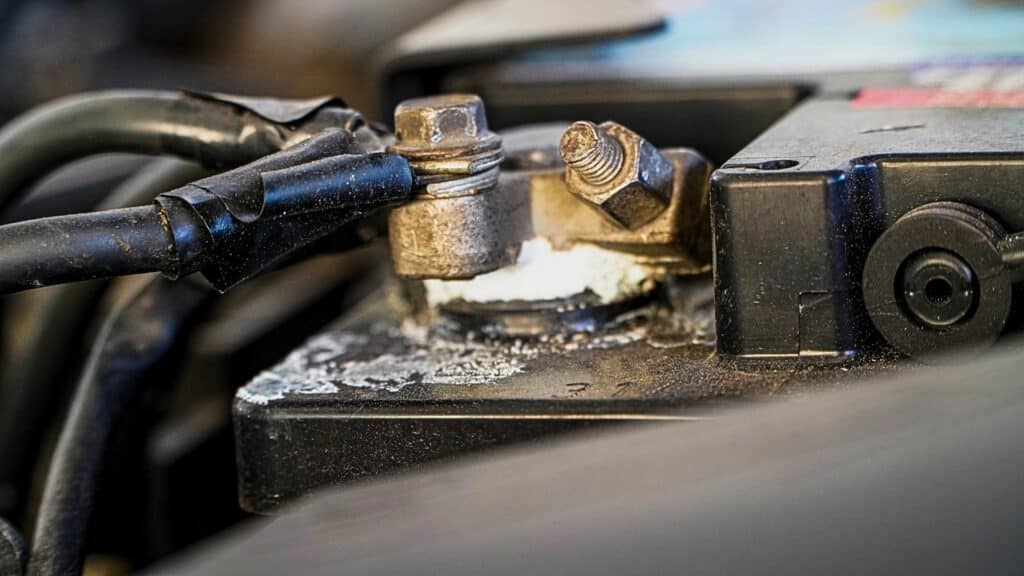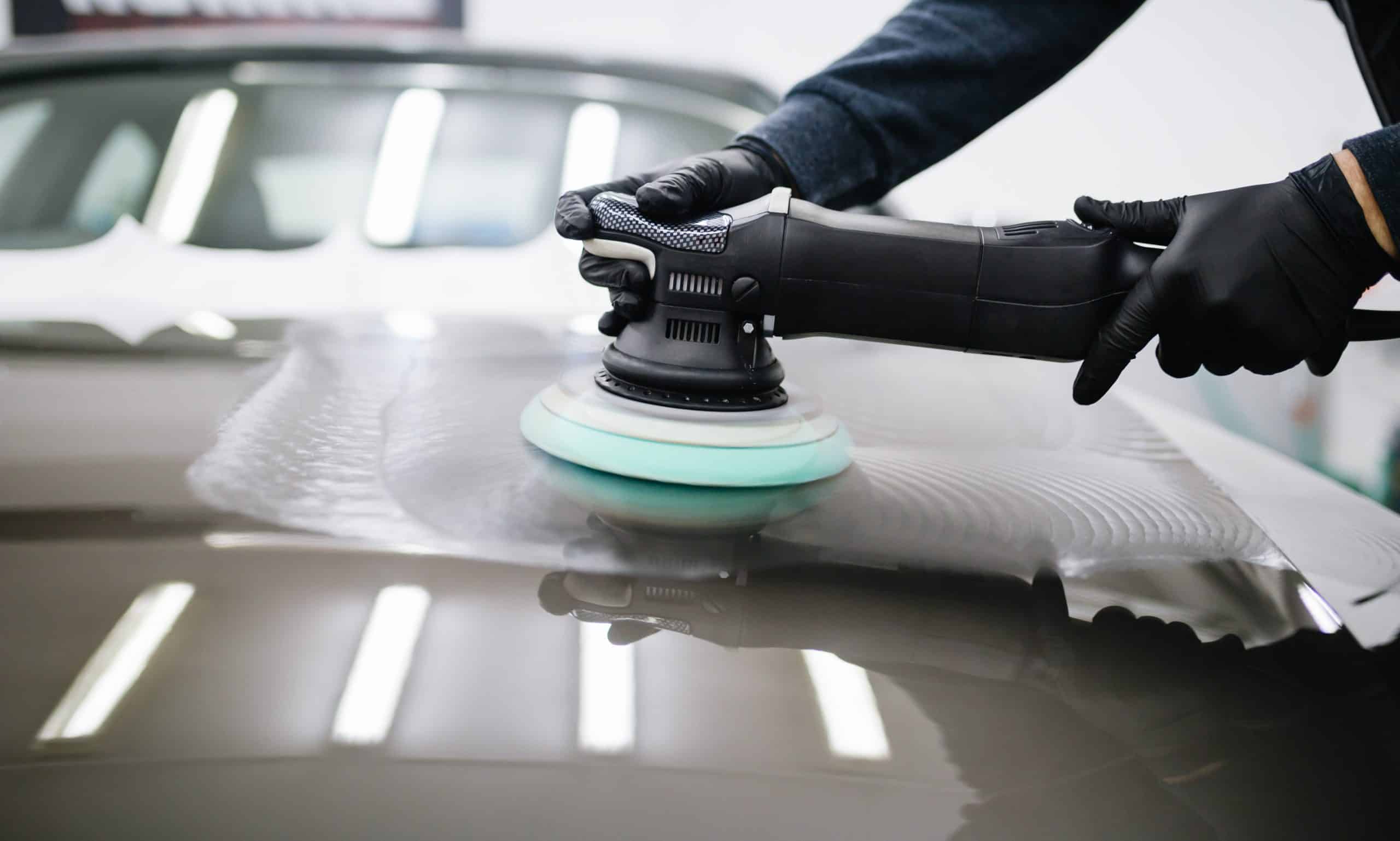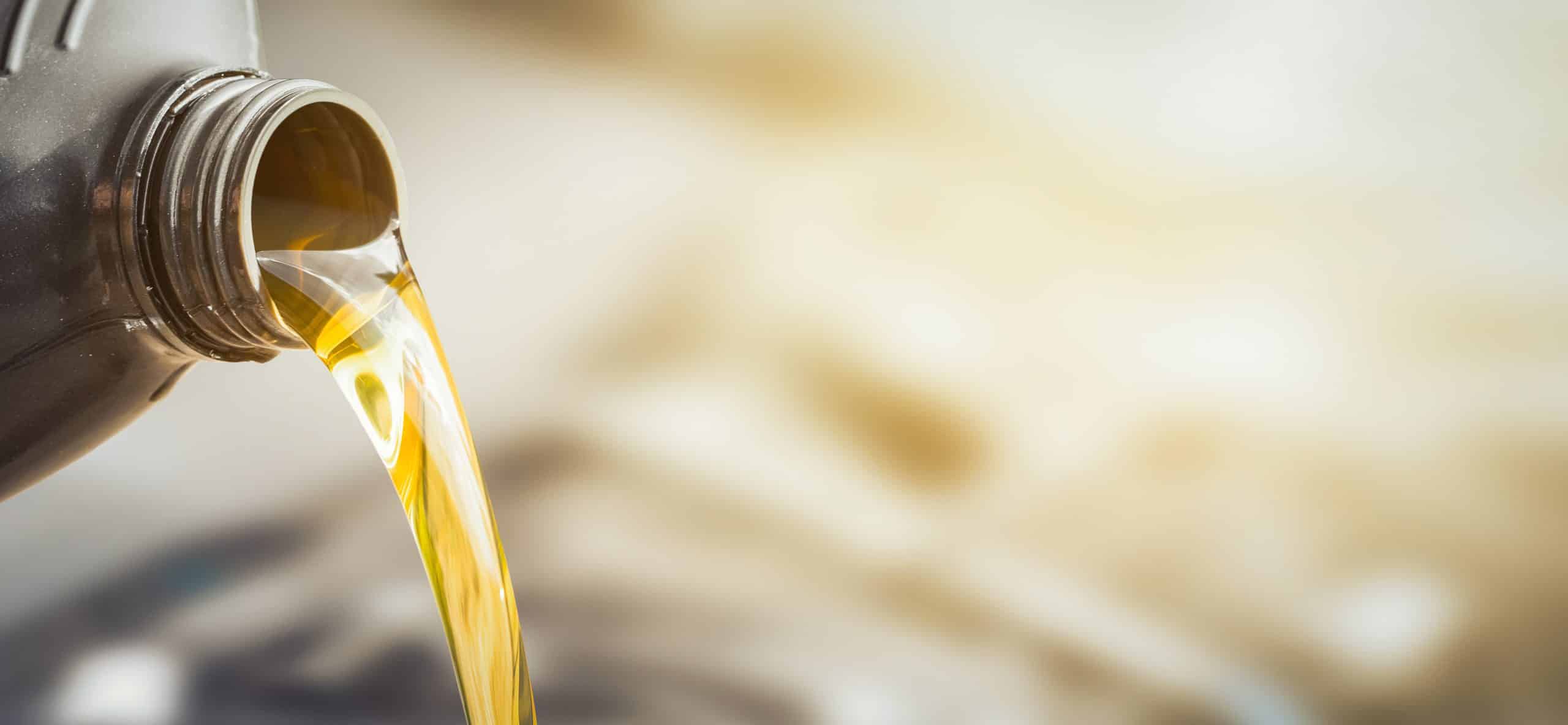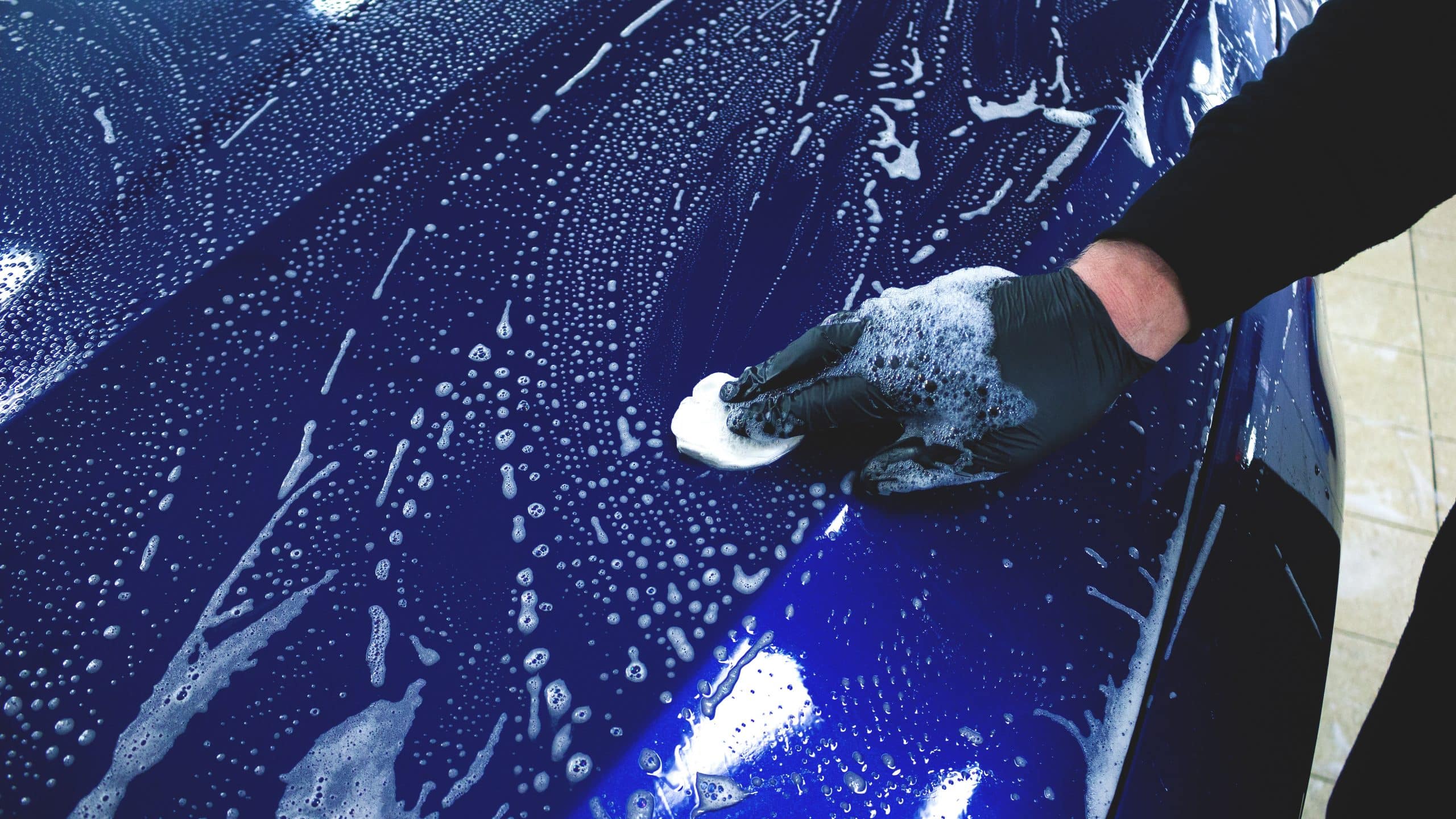Learn the essential steps on how to keep your car’s battery terminals clean and ensure reliable starts in our comprehensive guide.

Car battery corrosion may seem like a minor issue, but it can have a significant impact on your vehicle’s performance and safety. In this guide, we’ll delve into what car battery corrosion is, what causes it, and most importantly, how to clean it. We’ll also explore preventive measures to help you keep your battery posts and terminals corrosion-free.
What is Car Battery Corrosion
Car battery corrosion refers to the buildup of a whitish, powdery substance around the battery posts and terminals. This occurs when the battery posts, the tapered cylinder-shaped lead studs, corrode. This corrosion is caused by moisture in the air, but also because of hydrogen gas and sulfuric acid vapor that is occasionally vented during the charging and discharging process of the car battery.
You want to remove and prevent car battery terminal corrosion, because it:
- Impedes Electrical Flow: Corrosion hinders the flow of electrical current between the battery posts and terminals, reducing the efficiency of your vehicle’s electrical system.
- Affects Battery Performance: Excessive corrosion can lead to poor battery performance, causing difficulty in starting the engine and potentially leaving you stranded.
- Accelerates Battery Wear: Corrosion can contribute to premature battery wear, shortening the battery’s lifespan.
- Causes Safety Hazards: In severe cases, battery terminal corrosion can cause overheating or electrical sparks that can in turn cause fire or even an explosion.
What Causes Car Battery Corrosion
Understanding the causes of car battery corrosion can help you take preventive measures. Here are some common factors:
1. Battery Age:
As batteries age, their posts and terminals become more susceptible to corrosion. It’s essential to inspect older batteries more frequently.
2. Overcharging:
An overcharged battery can release excess hydrogen gas, contributing to corrosion buildup. The positive terminal will corrode the most if a car battery is frequently overcharged.
3. Extreme Climate:
Extreme heat can accelerate chemical reactions that cause corrosion. Cold temperatures on the other hand, can increase moisture buildup, which will result in corrosion.
4. Leaking Battery:
A damaged or leaking battery can release sulfuric acid, which will corrode the terminals and any nearby components.
5. Poor Terminal Connection:
Loose or poorly connected battery terminals can create gaps where moisture and contaminants can accumulate. The combination of moisture and high electrical resistance because of the poor connection will speed up corrosion.
6. Low-Quality Battery Terminals:
Low-quality battery terminals are generally more prone to corrosion.
Now that it’s clear what causes car battery corrosion, let’s explore how to remove it and how to clean the battery terminals to restore optimal conductivity.
How to Clean Car Battery Terminals
Cleaning car battery corrosion is a straightforward process, but it requires care and safety precautions.
Here’s a step-by-step guide:
Materials You’ll Need:
Protective gloves
Wrench
Battery Corrosion Preventative (optional)
Step 1: Safety First
Because the corrosion and moisture on the battery terminals is acidic and irritating to skin and eyes, you want to protect yourself by wearing protective gloves and safety goggles.
Step 2: Disconnect the Battery
Ensure the engine is off and the key is removed from the ignition. Next, use a suitable wrench to loosen and remove the negative (black) terminal first, followed by the positive (red) terminal.
If your car has sensitive electronics or any programmed settings that need constant electrical power to be preserved, you want to connect to a power supply first. When in doubt, check your car owner’s manual.
Step 3: Remove Corrosion
Use a battery post cleaning brush to gently remove the corrosion from the battery terminals and cables. This specialized brush is designed to effectively clean without cleaning agents or water. One side of the brush is designed to clean the terminal, the other side is hollow and designed to fit and brush around the battery posts. All corrosion will be brushed off in seconds by the small purpose-built steel brushes.
Step 4: Vacuum Thoroughly
Use a vacuum cleaner to thoroughly vacuum any remaining residue on and around the car battery, ensuring there is no corrosive dust left on the terminals or on nearby components. This is important because any remaining acidic dust may cause corrosion in the future.
You want to finish by wiping the entire battery and its surroundings clean with a damp towel.
Step 5: Apply a Protective Coating
When the battery terminals and posts have completely dried, you want to protect them against future corrosion. A battery corrosion preventative will protect your car battery terminals against corrosion because it forms a water- and acid-resistant coating. Simply brush it on with the integrated brush and you’re done. This protection will last the life of the battery.
Step 6: Reconnect the Battery
Reconnect the positive (red) terminal first, followed by the negative (black) terminal. Ensure that the connections are tight and secure. If installed, disconnect the power supply. Wipe off any excessive corrosion preventative.
Step 7: Test the Electrical System
Start your vehicle and test the electrical system to ensure that all components are functioning correctly.
Preventing Car Battery Corrosion
Preventing car battery corrosion is key to maintaining your vehicle’s electrical system and extending the life of your battery. Here are some preventive measures:
1. Regular Inspections:
Inspect your battery and terminals regularly, looking for signs of corrosion, loose connections, or damage.
2. Keep Terminals Clean:
Clean the terminals at the first sign of corrosion using the steps mentioned above.
3. Use Quality Terminals:
You want to use high quality battery terminals from reputed brands, don’t get the cheapest ones out there. Not all alloys used to make car battery terminals are created equal. Tried and tested ones have a firmer grip and tend to be less prone to corrosion.
4. Tighten Terminal Connections:
Ensure that the battery terminal connections are snug and secure to prevent moisture infiltration.
5. Apply Protective Coatings:
Apply corrosion preventative to the battery terminals after cleaning to create a protective barrier.
6. Maintain Proper Charging:
Avoid overcharging your battery, as this can contribute to corrosion. Use a quality battery charger if needed.
7. Store Your Vehicle Properly:
When you store your vehicle for an extended period, use a quality trickle charger to maintain charge levels.
8. Address Leaks Promptly:
If you notice that your car battery is leaking, you want to replace it immediately, because sulfuric acid causes corrosion.
By following these preventive measures and cleaning your car battery terminals when needed, you can prevent breakdowns, ensure a reliable electrical system and a longer-lasting battery.
Conclusion
Car battery corrosion may be a common issue, but with the right knowledge and maintenance, you can keep it under control. Regular inspections, proper cleaning, and preventive measures are essential in ensuring your vehicle’s electrical system operates reliably. It will extend the life of your battery and keep you on the road with confidence.







